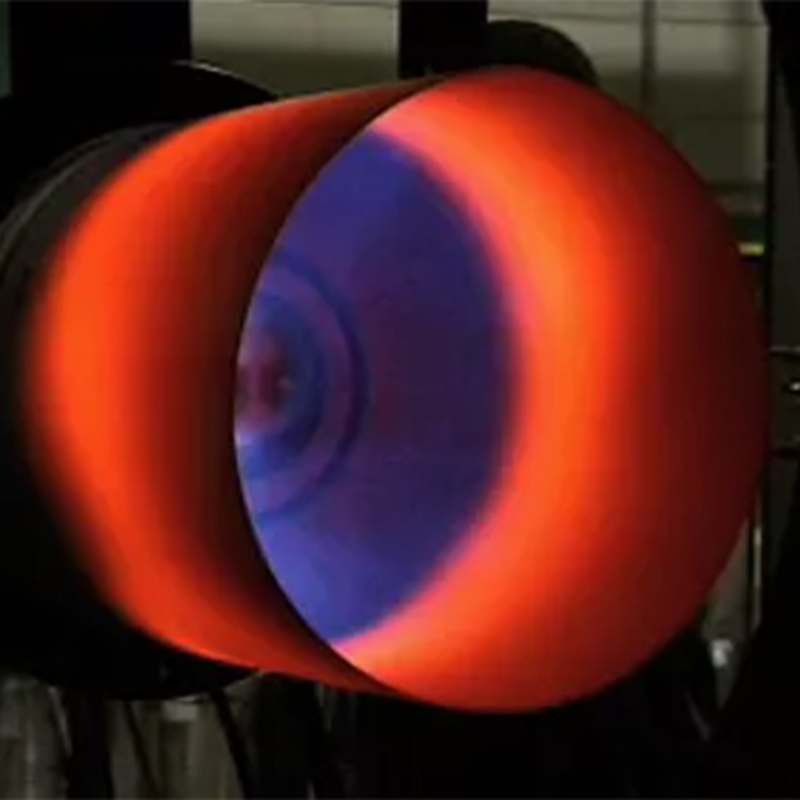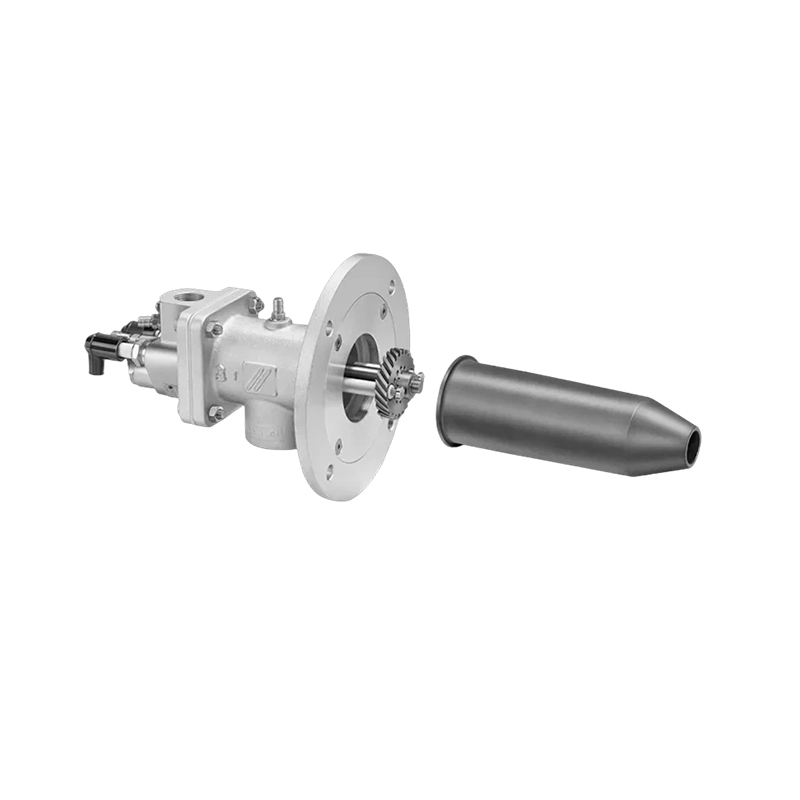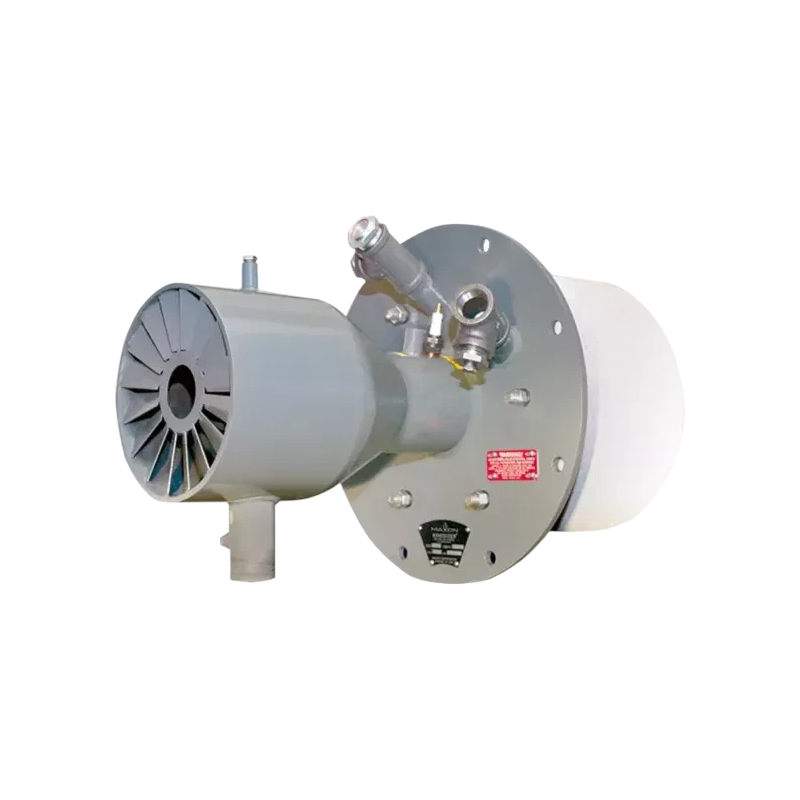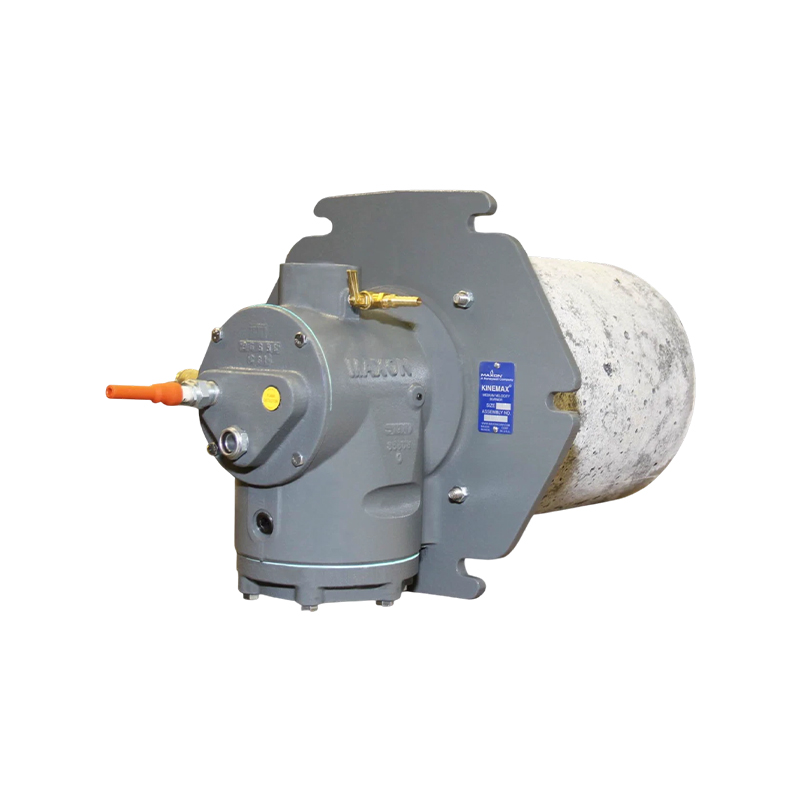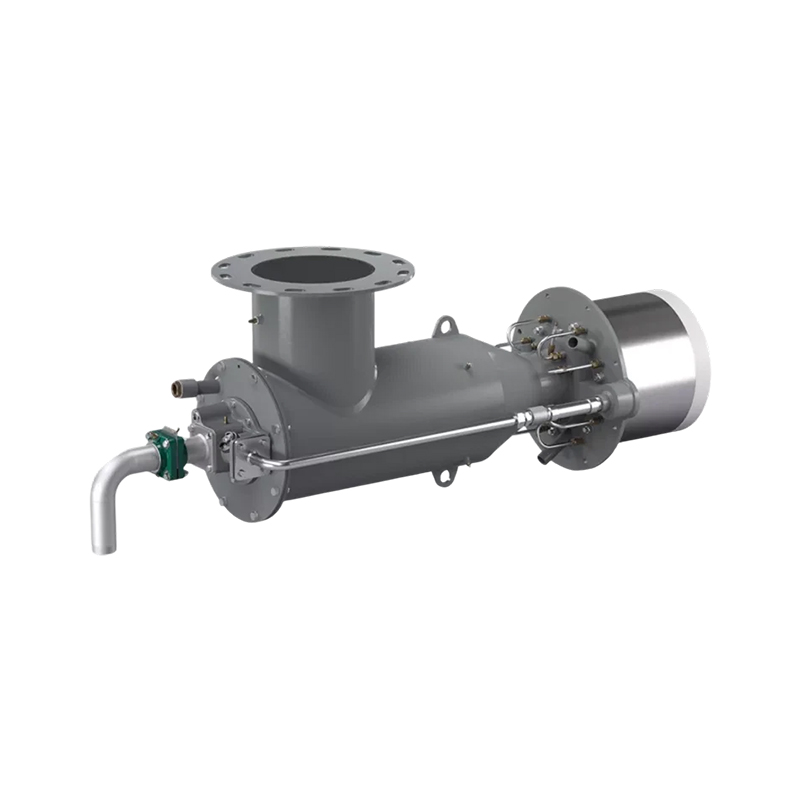Some high-end burners also incorporate oxygen sensors, directly using the excess air coefficient in the flue gas as the control target, further improving adjustment accuracy.
- +86-13327790330
+86-18918690949 - zhijun.zhou@thenv.cn
- Room 405, Building E, Lane 98, Hexuan East Road, Jiangqiao Town, Jiading District, Shanghai


